20% OFF ALL TOTES, PURSES & BACKPACKS | 30% OFF ALL DRESSES & Skirts | 30% OFF ALL BLAZER JACKETS |
Menu:
Make Your Wool Coat Shopping Easier: Merino Wool, Virgin Wool, Mohair Wool, Alpaca Wool, Cashmere Wool & Angora Wool – What’s The Difference?
By Riley Simpson │ August.19.2023
Wool coats come in a multitude of different styles, and can be created with many different types of wool. Make your wool coat shopping experience an easy success by knowing the difference between wool types – what to expect from the quality of the wool, and the range of their softness and durability. Whether it’s a single-breasted wool coat, a double-breasted wool coat, or a trench coat, understanding wool types can be incredibly helpful in guiding your decision. Let’s take a look at the 6 most popular wool types used in coats: alpaca wool, cashmere wool, angora wool, mohair wool, virgin/normal wool, merino wool:
1.Alpaca Wool
Alpaca wool is sheared from alpacas (smaller llama-like animals) found in South America, North America and some parts of Europe and Australia.
Alpaca wool is very popular for winter outerwear because although it’s a lightweight wool, it’s still five times warmer and stronger than sheep wool – this is due to the air pockets in the fiber, which allows it to trap and contain more heat.
Alpaca wool has a soft, silky and durable nature, as well as being naturally water repellent, and naturally hypoallergenic (contains no lanolin – the natural wax in wool people can become allergic to).
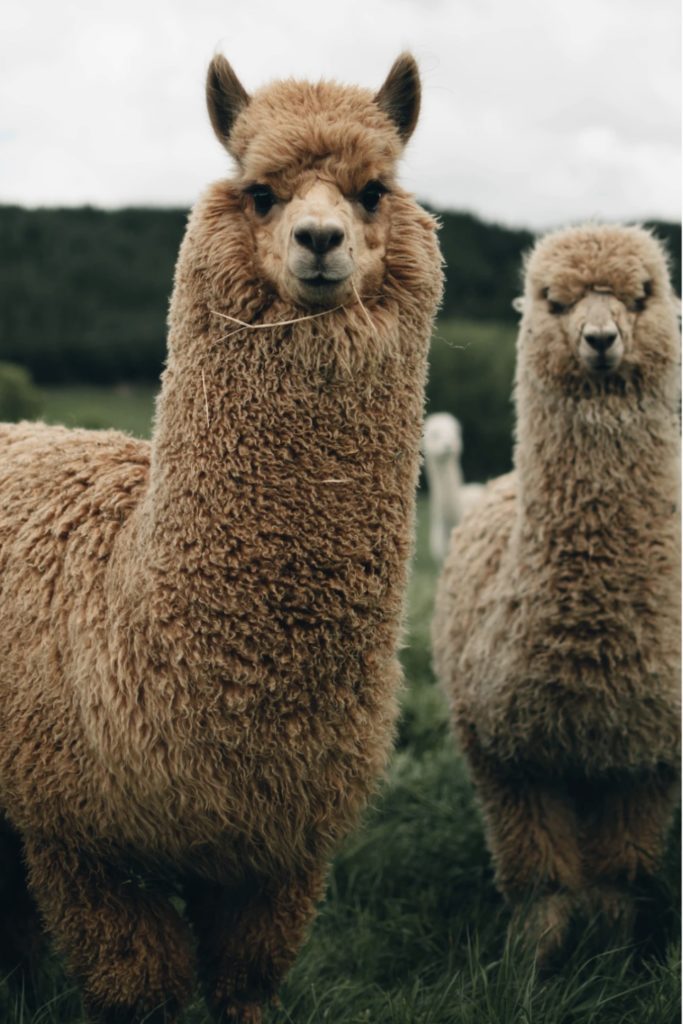
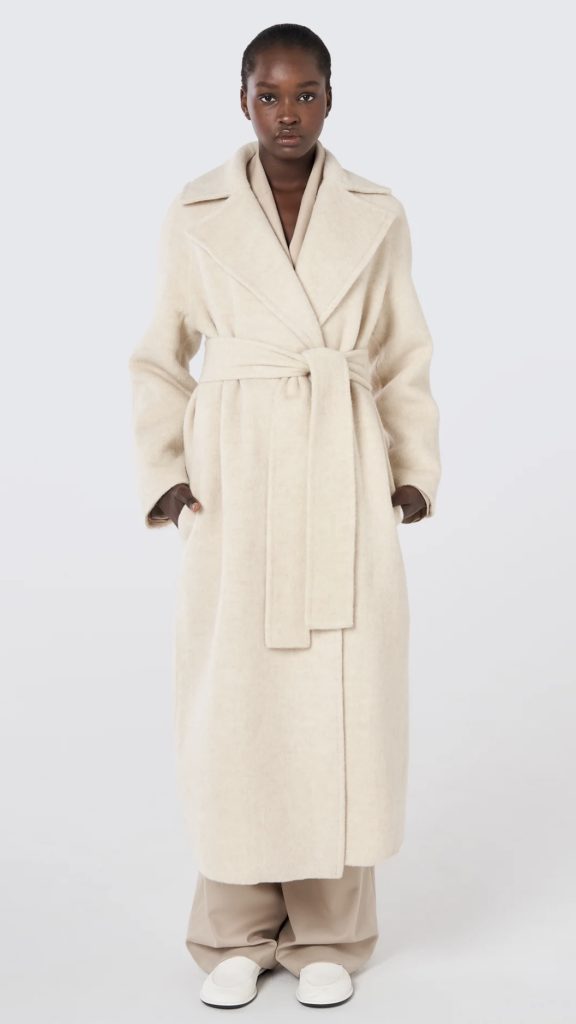
More Durable/Stronger Wools: Alpaca Wool, Virgin Wool/Normal Wool
More Softer/Silkier Wools: Cashmere Wool, Angora Wool, Mohair Wool
*To make coats, these wools need to be woven with more stronger/durable wools like alpaca wool, normal wool, virgin wool
2.Cashmere Wool
Cashmere is a type of wool that comes from cashmere goats and pashmina goats primarily found in Mongolia, China, Iran, and Afghanistan.
Cashmere wool fibers are very fine and delicate, and almost feel like silk. Cashmere is significantly warmer and lighter than sheep’s wool. However, because cashmere is so fine and delicate, cashmere coats need to be blended with stronger types of wool, like virgin wool, to give it added weight.
3.Angora Wool
Angora wool comes from angora rabbits which are mainly found in China (90% of Angora fur is produced in China).
Just like with cashmere, angora fibers are fine, delicate, and do not have a lot of elasticity, so it is generally mixed with stronger fibers, like alpaca or sheep’s wool, to give added stretch and weight. This wool has a soft and silky nature, and known for having a fluffy halo effect.
4.Mohair Wool
Mohair wool comes from Angora goats found mainly in Turkey, South Africa, and the U.S. (not to be confused with Angora rabbits that produce Angora wool).
Mohair is nicknamed the “diamond fiber” because of its sheen, silky luster. Mohair is very lightweight and thin, and often blended with stronger wool (merino wool, alpaca wool) to give material more weight. Adding mohair increases the overall luster of the coat.
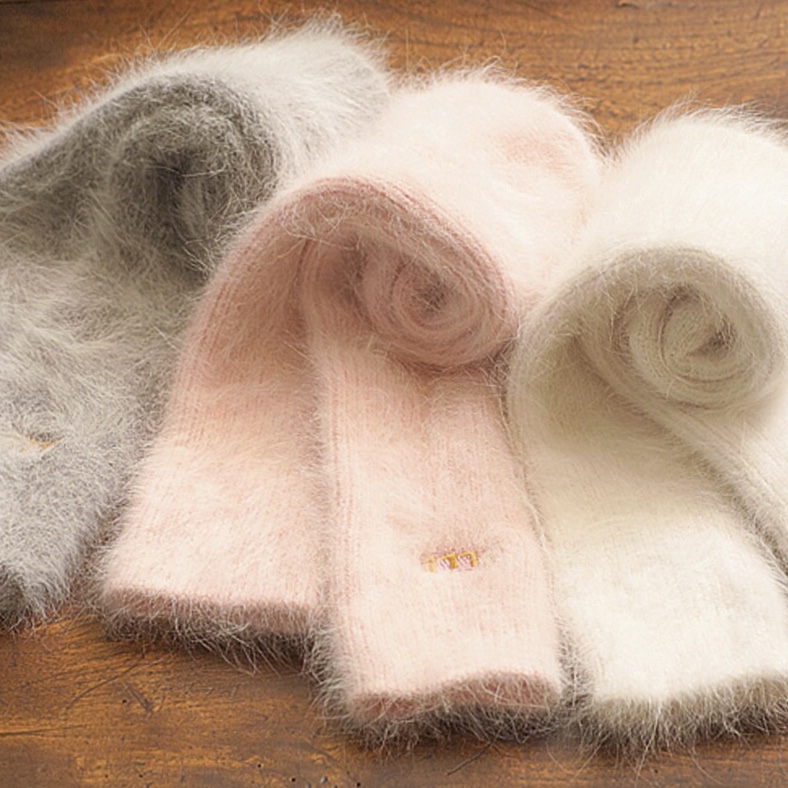
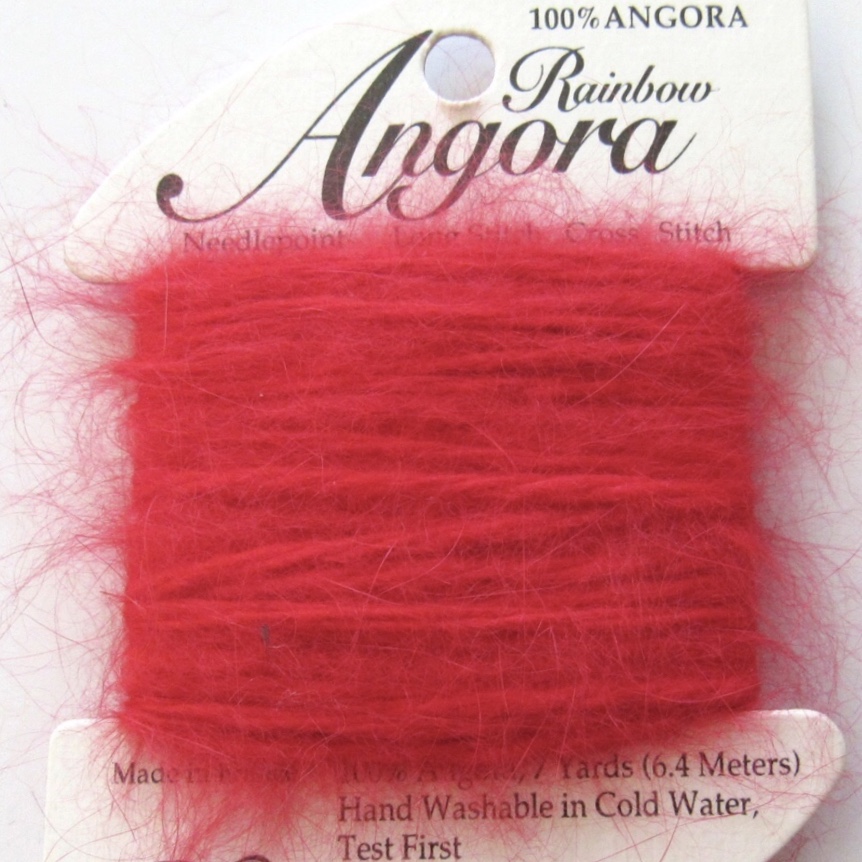
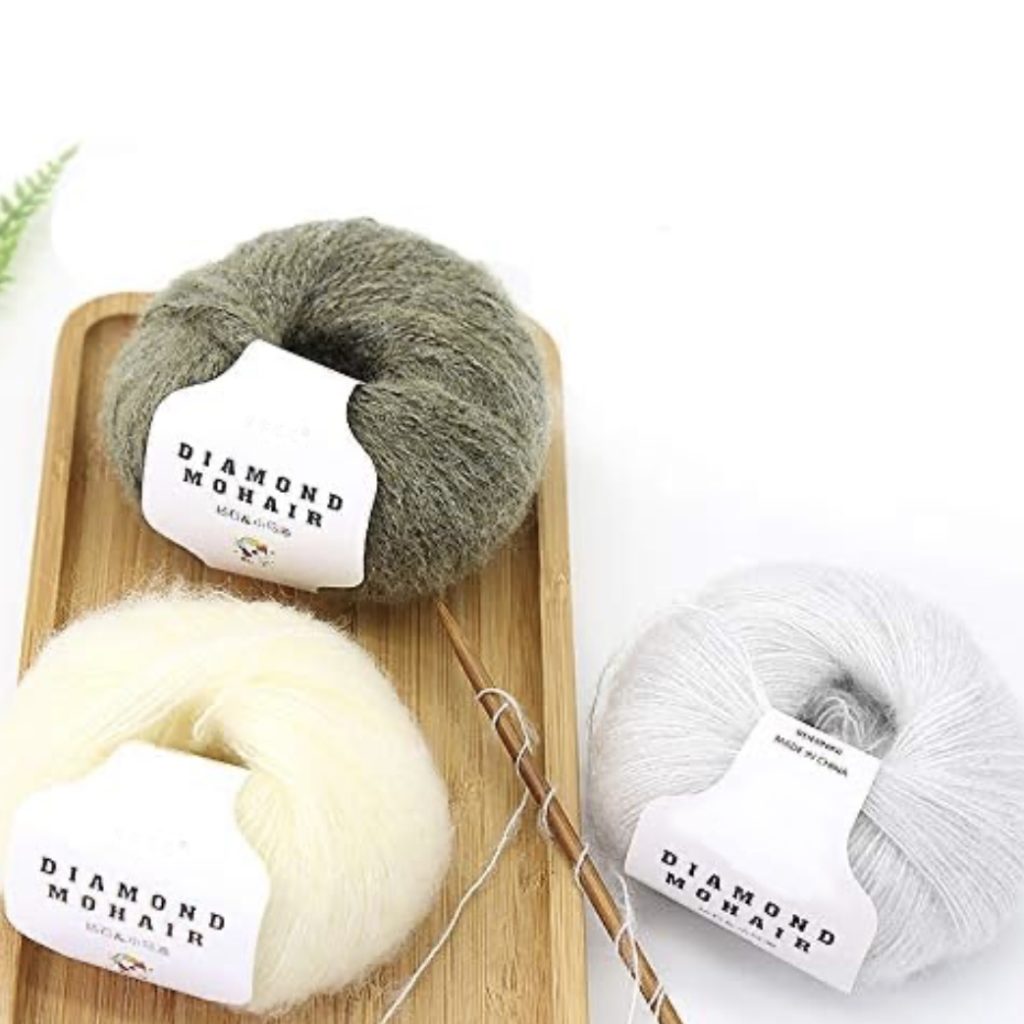
5.Virgin Wool/Normal Wool
Virgin wool has two different definitions: 1.virgin wool is the wool taken from a lamb’s first shearing. This first lot of wool from a lamb is the finest and softest wool taken from a sheep during its life, or 2. wool that has not been processed or woven – in this case, the virgin wool can come from an adult sheep. Both wool and virgin wool come from lamb/sheep found many countries worldwide.
When it comes to the lamb’s first shearing, this is the softest and finest wool a sheep will ever produce. As a sheep gets older it’s wool becomes coarser and not quite as soft. The durability virgin wool, and/or normal wool offer are great options when looking for winter items that will last wear and tear situations.
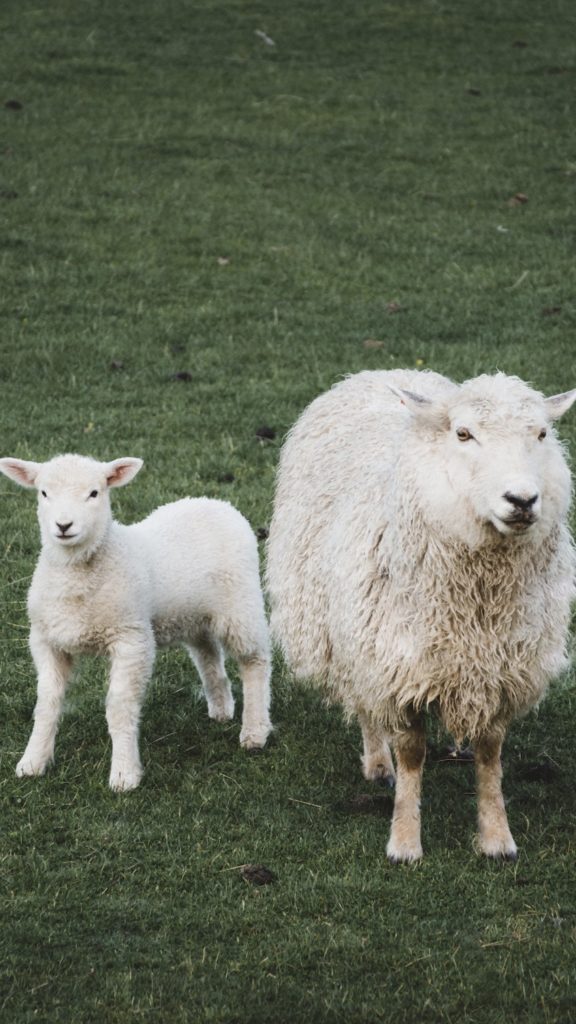
6.Merino Wool
Merino wool comes from Merino sheep mainly found in Australia and Europe.
Merino wool is very similar to normal/virgin wool, however merino wool fibers differ slightly in structure – these fibers are finer and softer than normal wool or virgin wool.
Merino wool is unique in that it absorbs odor caused by bacteria—trapping their smell and keeping them from building up.
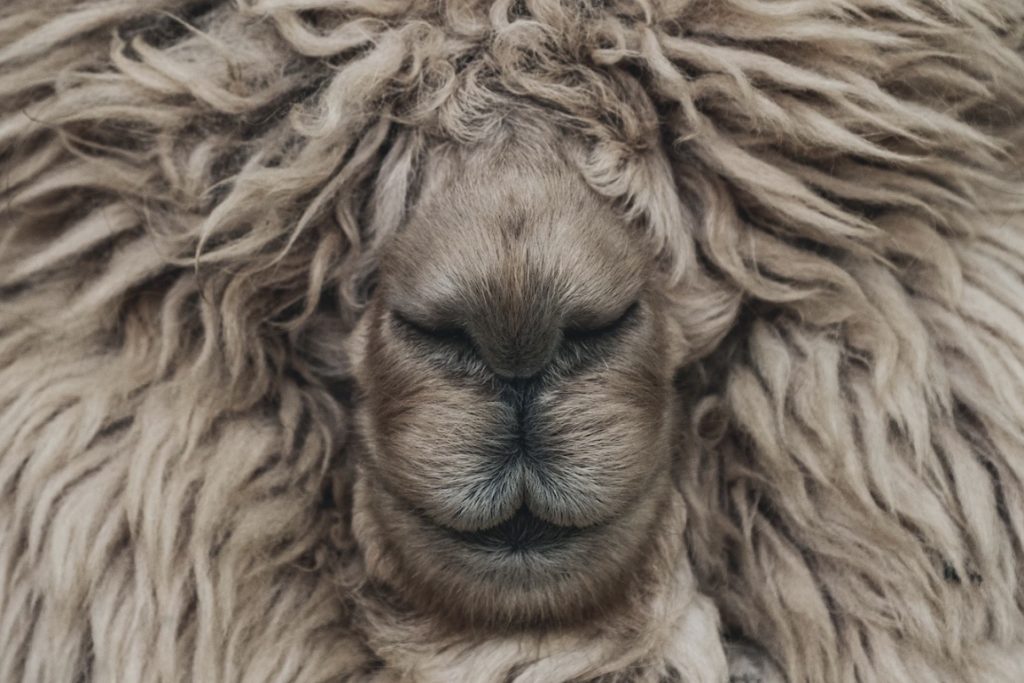
Informational Sources: [1] Textile Science Research Journal [2] Masterclass alpaca fiber, [3] Masterclass cashmere, [4] Masterclass angora wool, [5] Masterclass mohair, [6] Giesswein virgin wool, [7] Giesswein merino wool
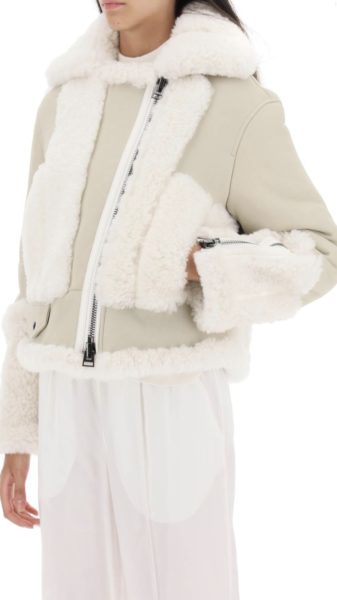
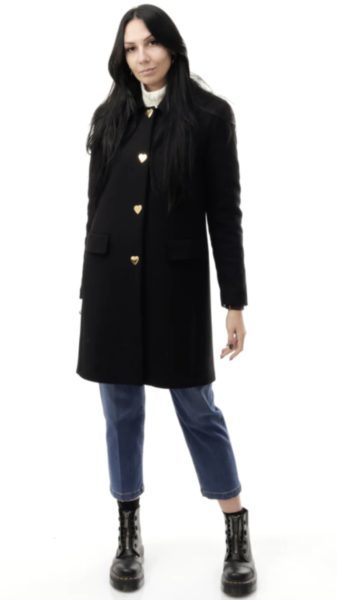
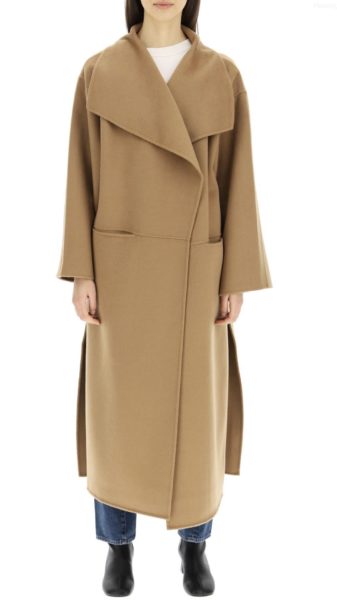
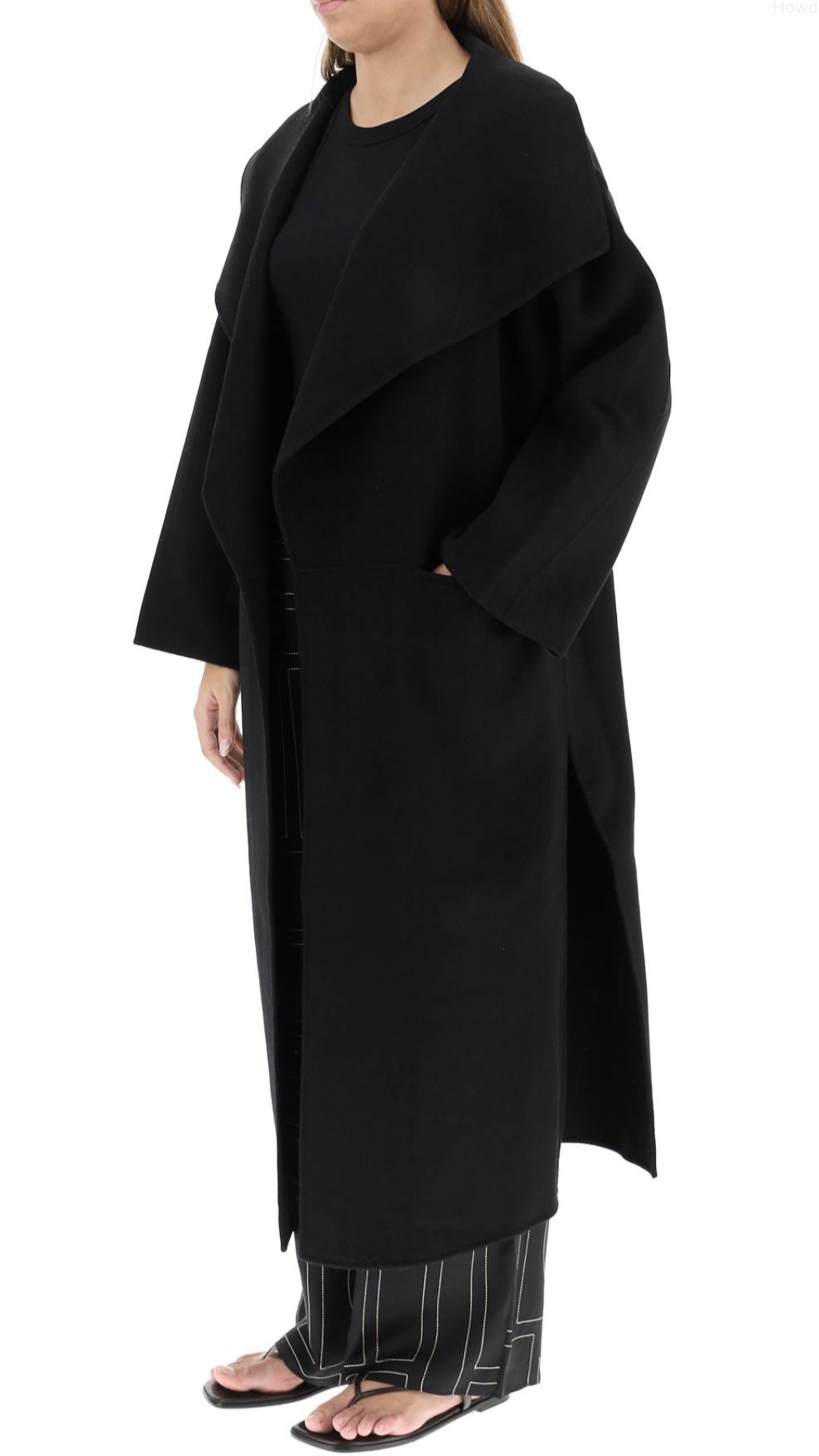
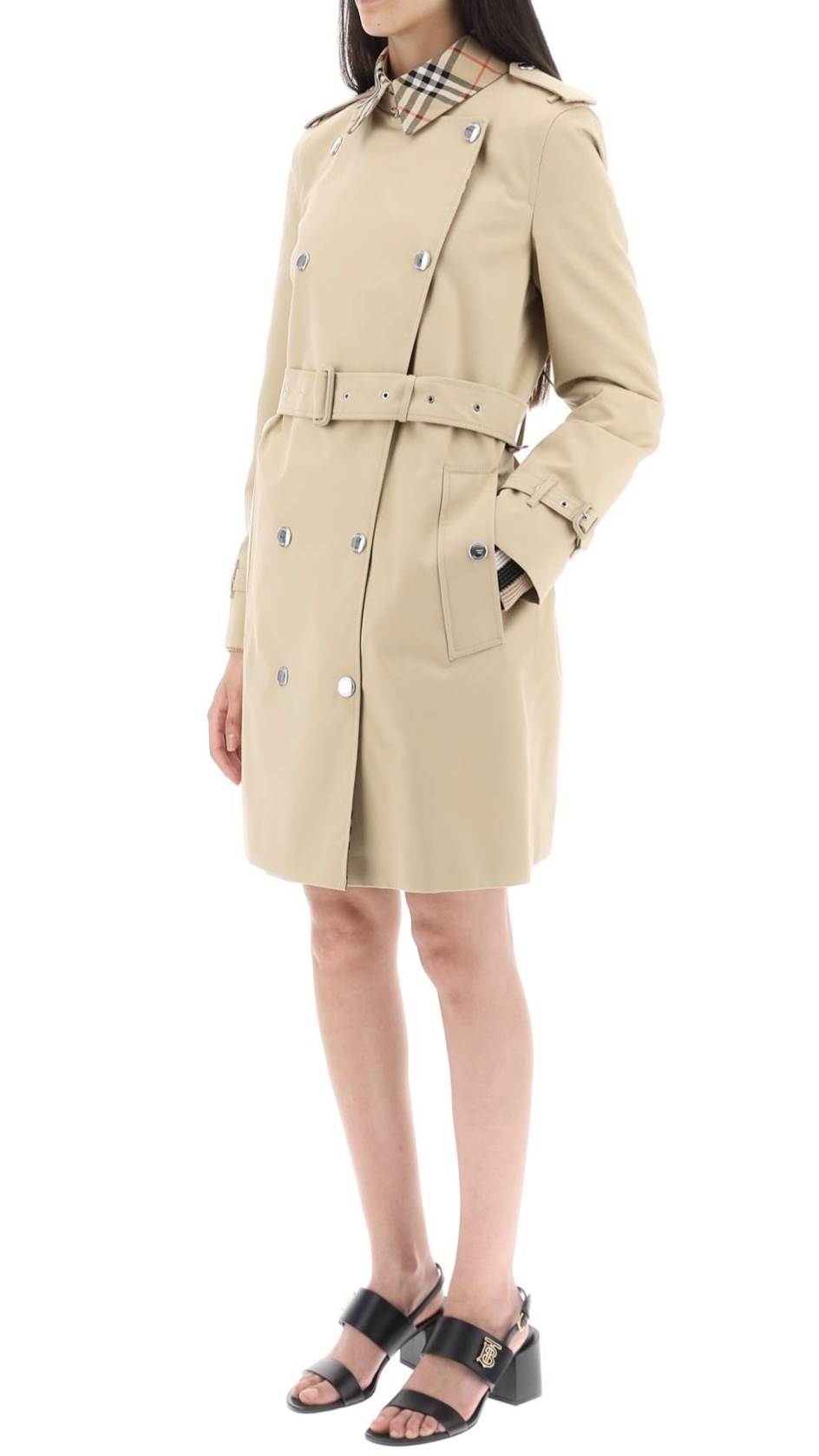
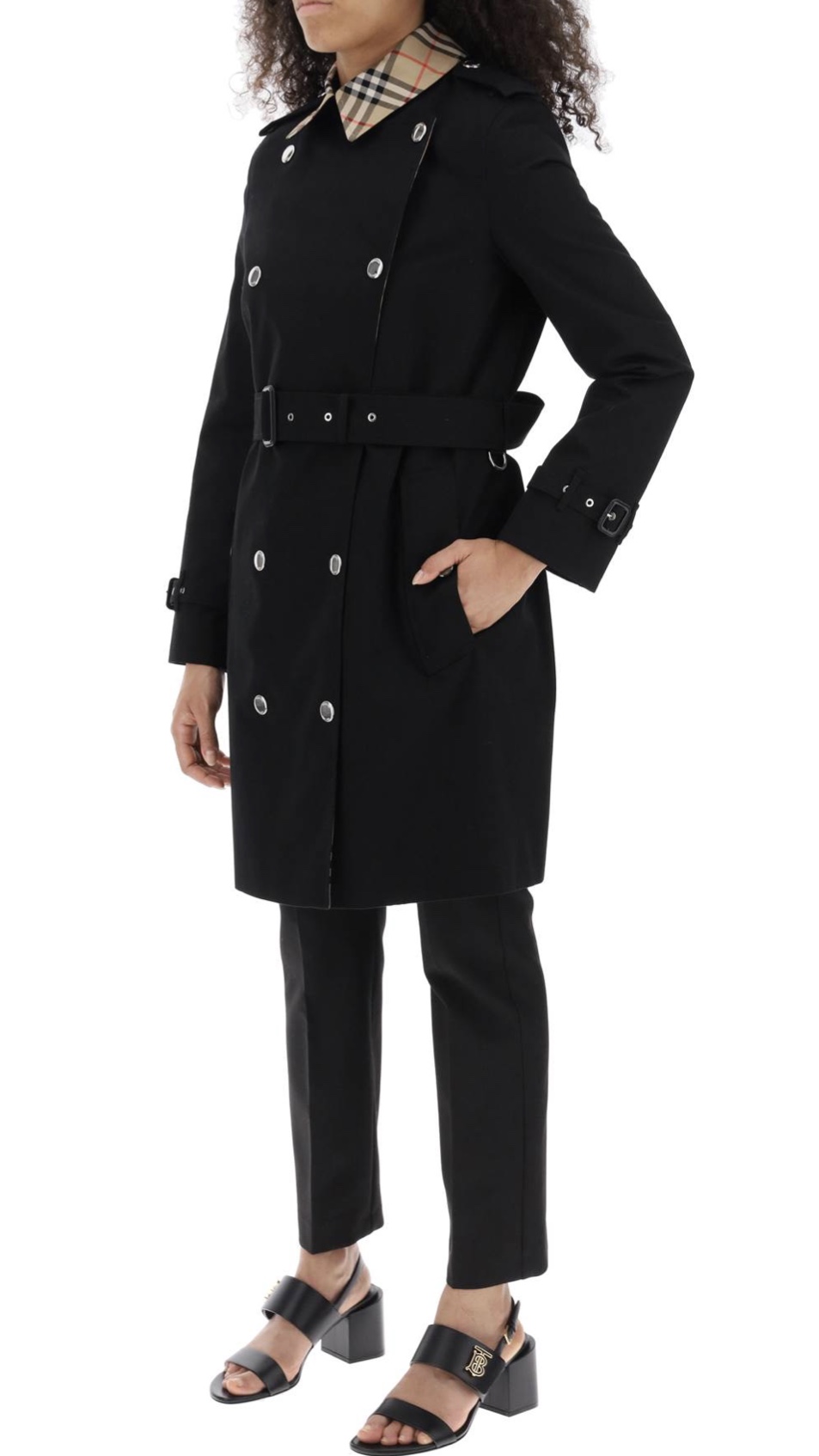
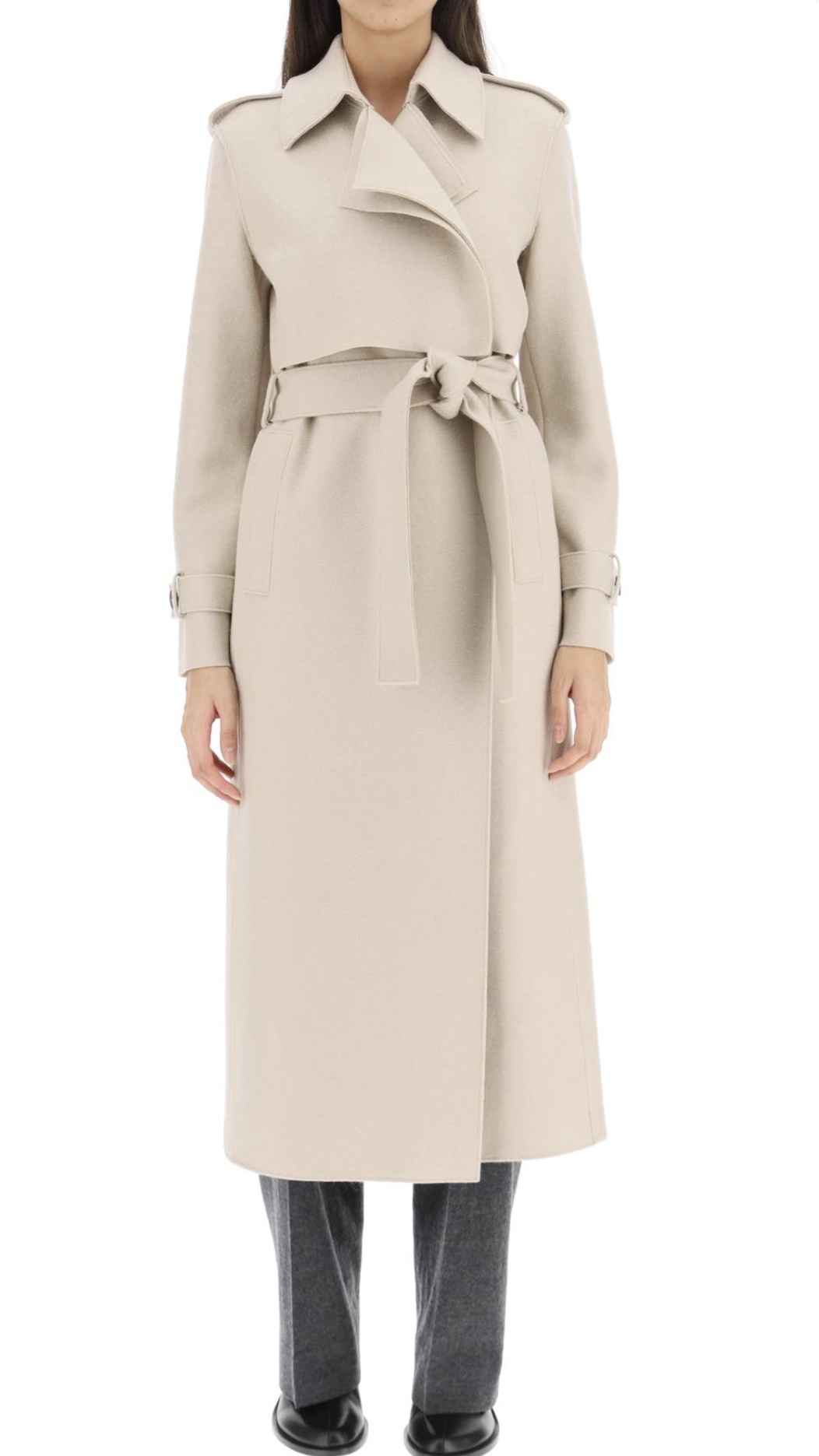
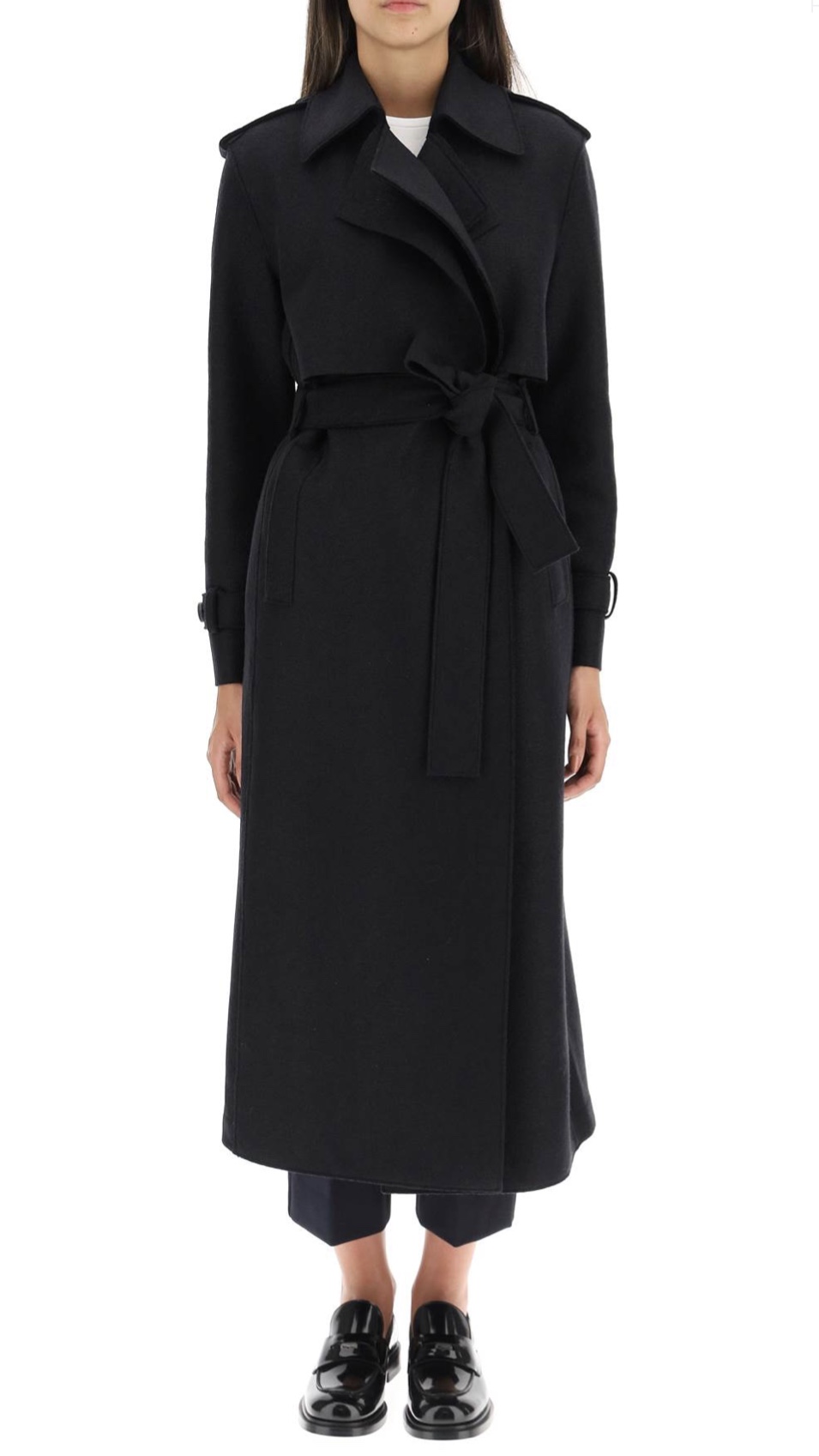
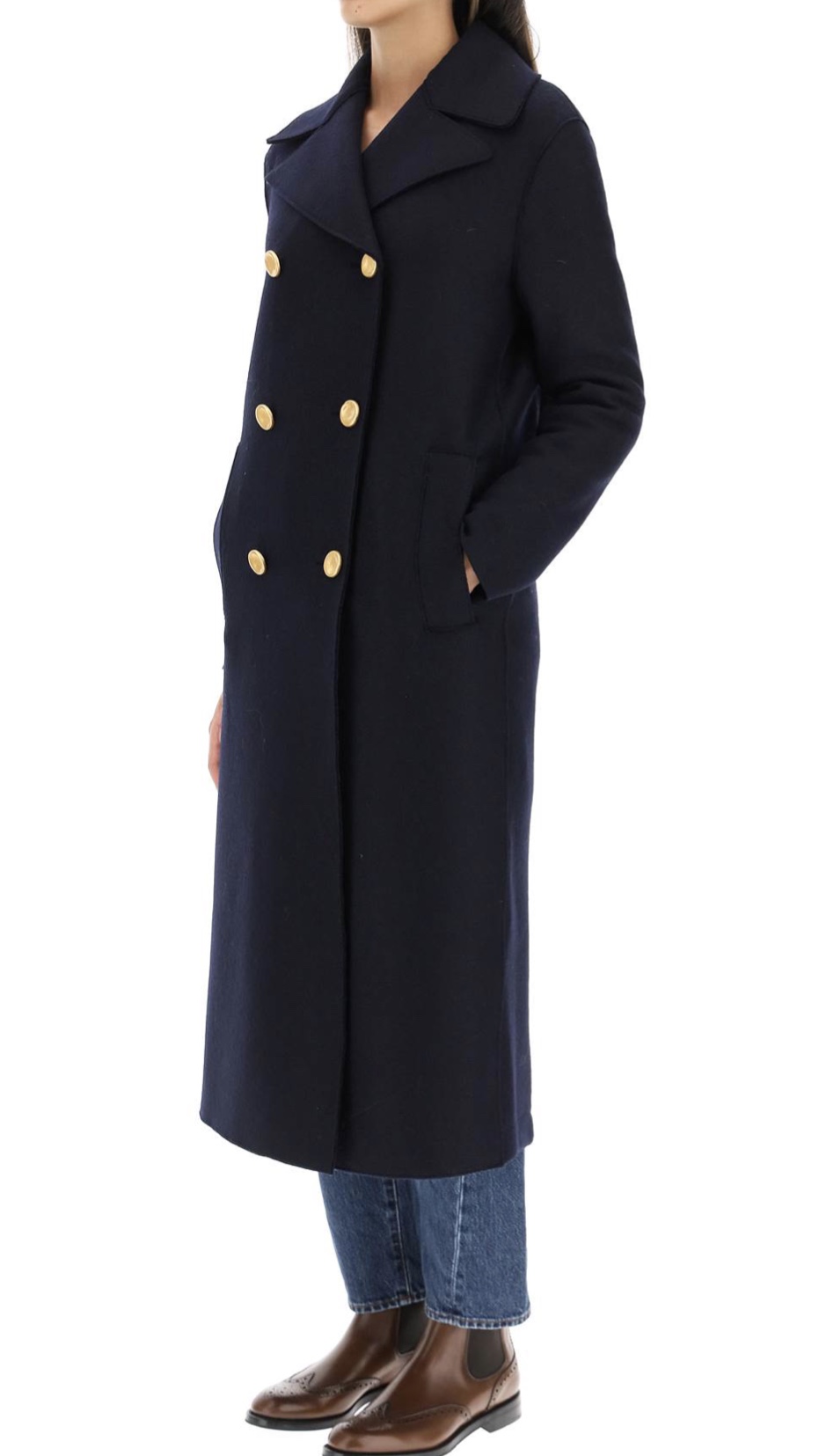
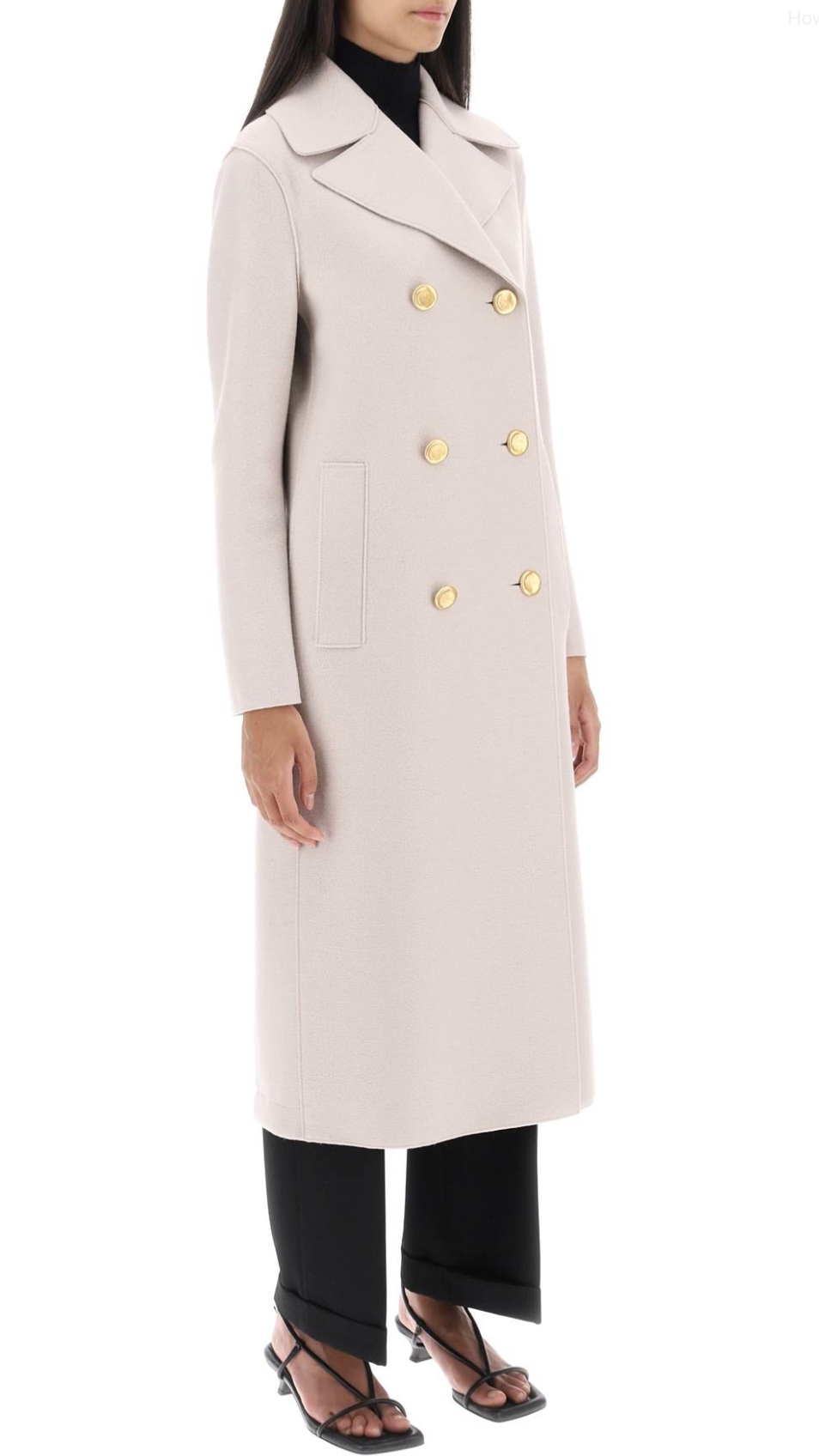
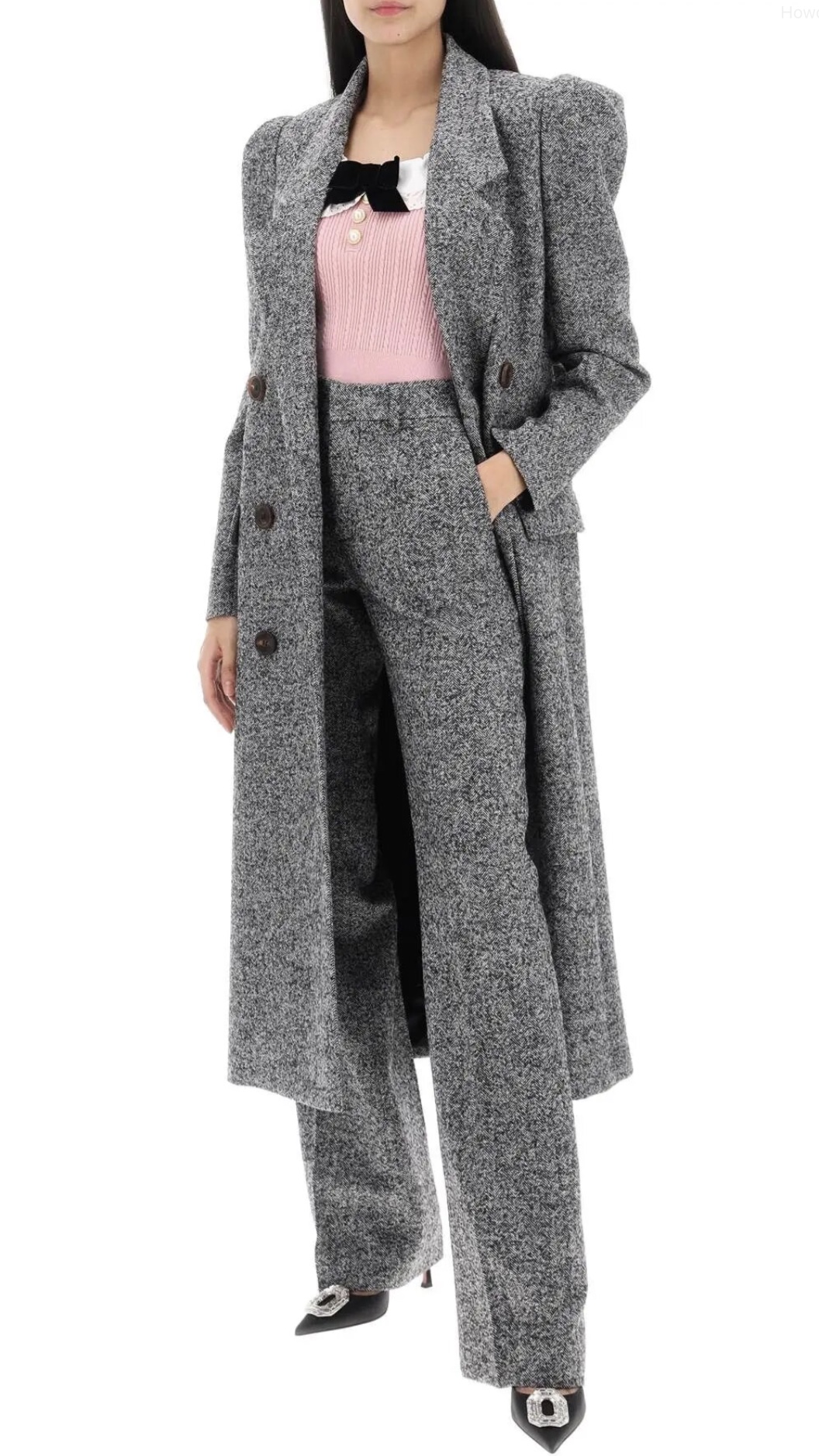
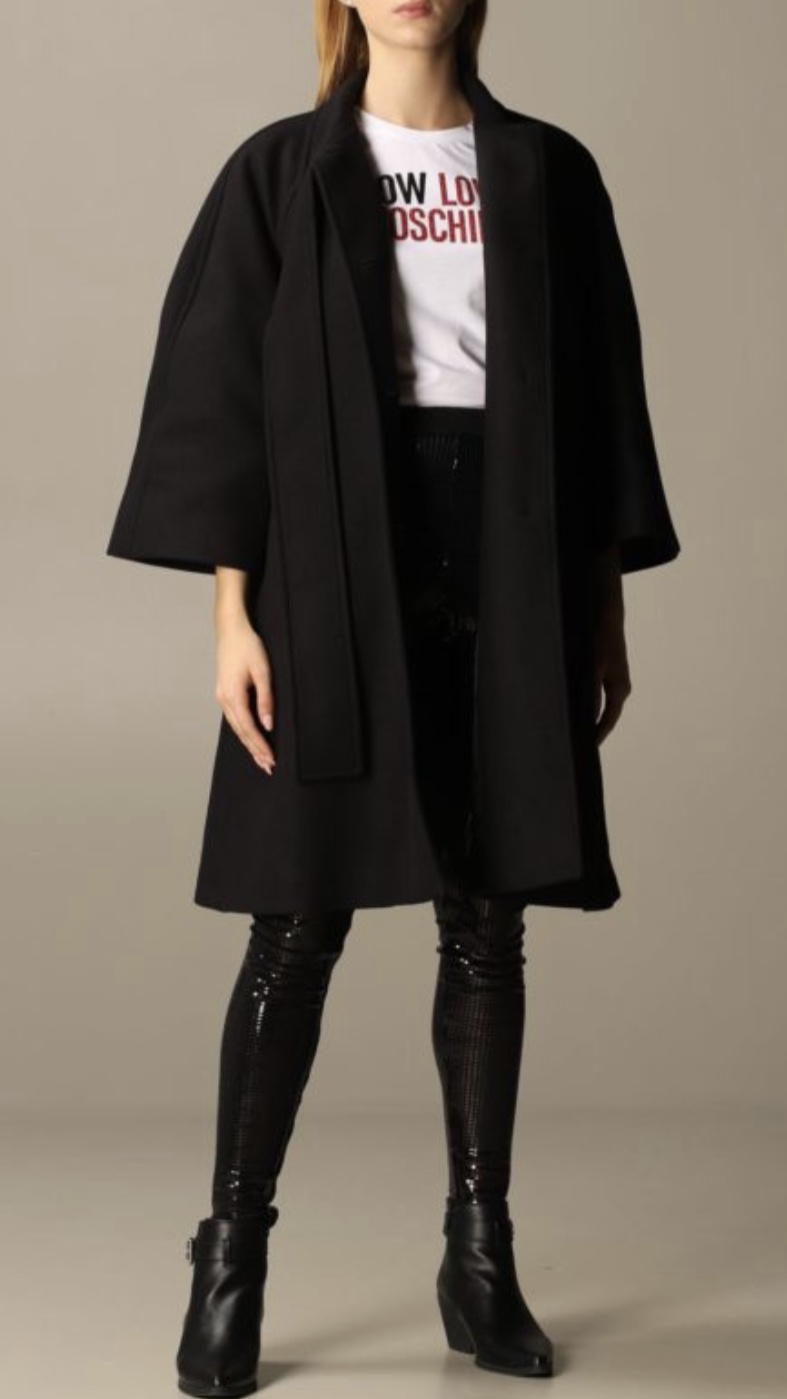
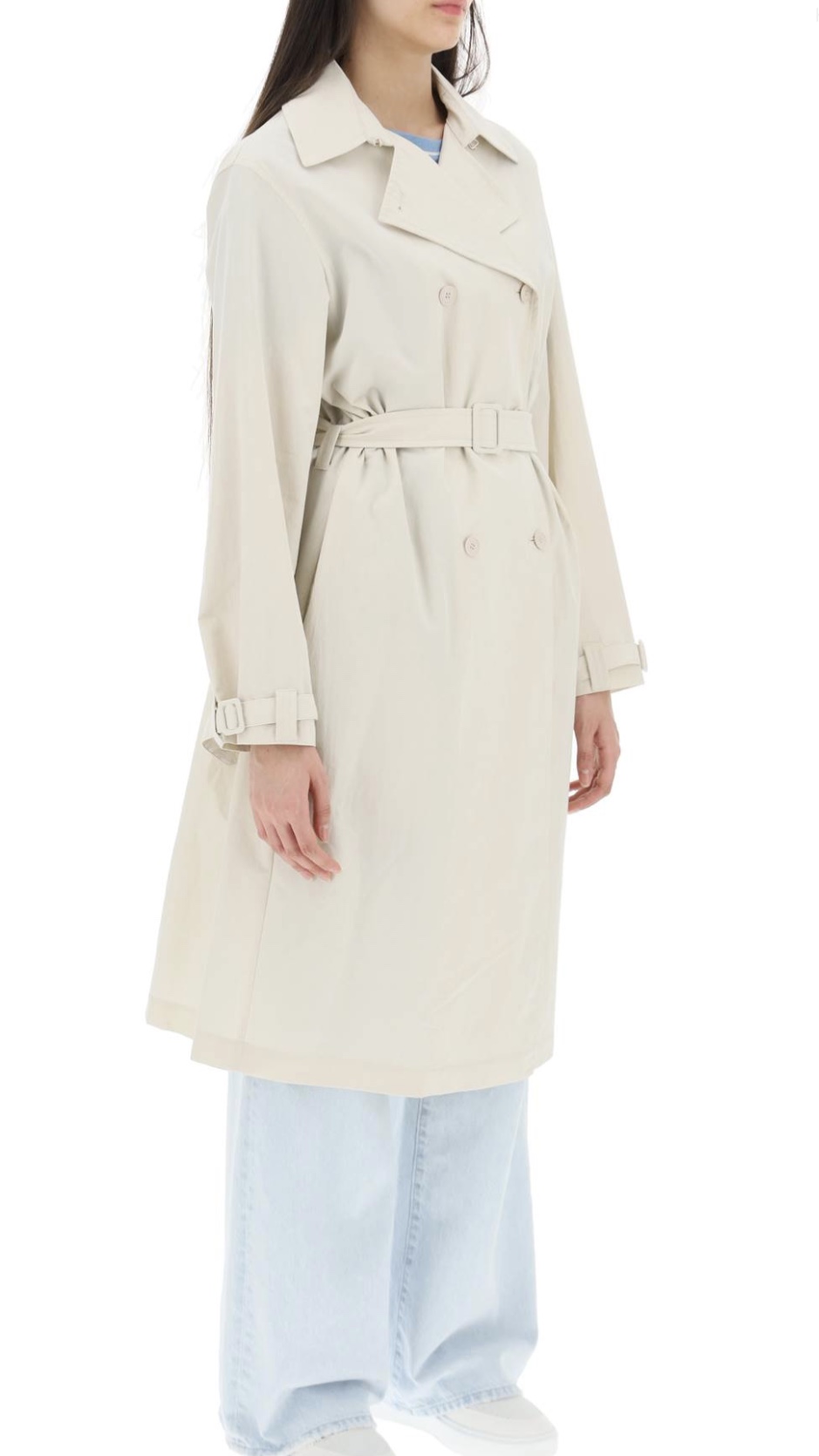
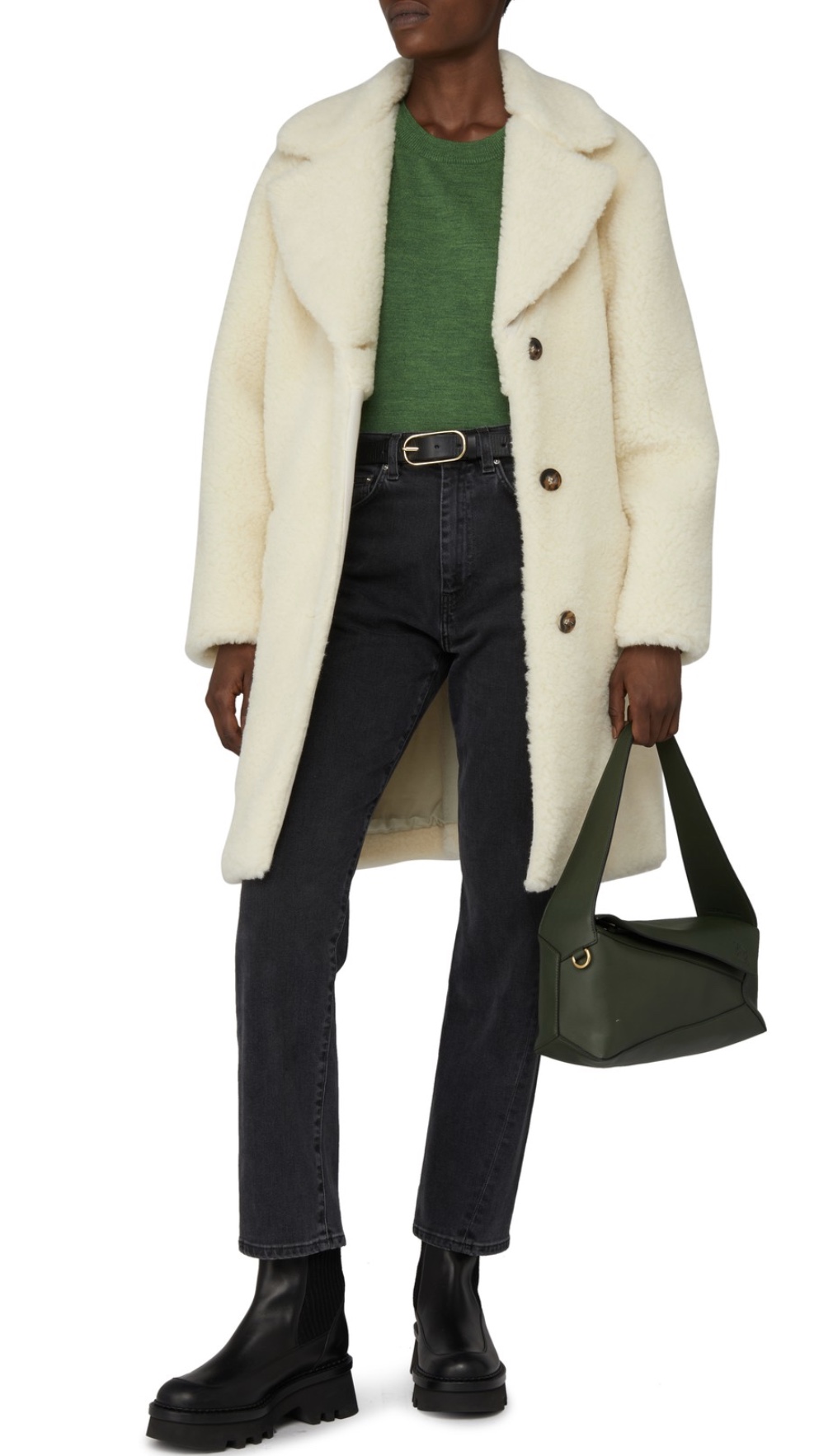
Stay In Touch & Subscribe To The MyDressEdit© Newsletter
For The Latest Offers, Sales & Newest Apparel //
New Subscribers Receive A 20% Off Code For First Purchase
Quick Links

180 Bloor St. West
Toronto, ON
M5S 1T6
Email: customercare@mydressedit.com
Phone: 1(844)373-7702 Monday-Friday
Eastern Time Zone 10 am – 4 pm
MyDressEdit.Com© 2022
